Art World
See Amazing Images of Rare Solar Eclipse And Golden Supermoon
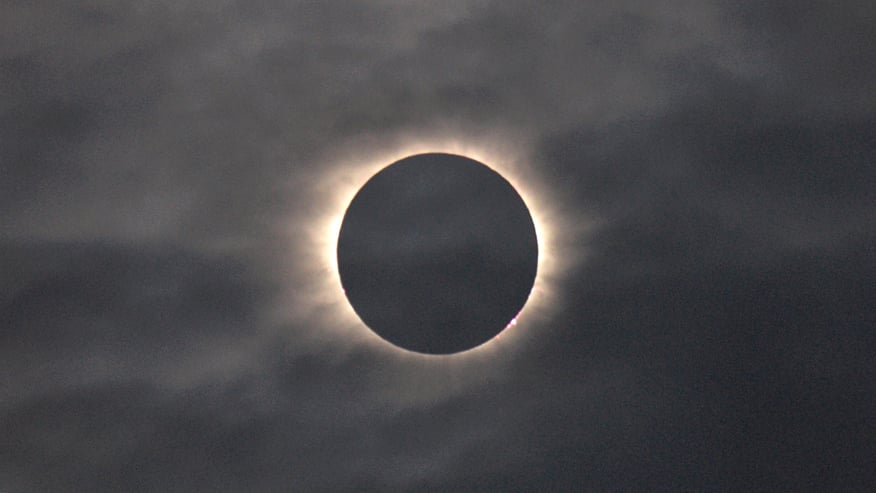

Artnet News

Europe bore witness to three coinciding celestial events today: a supermoon (see Epic Supermoon Gives Photographers a Chance to Shine), a total eclipse of the sun, and the spring equinox, when night and day are of equal duration.
The eclipse darkened parts of Europe today in a rare celestial spectacle, which occurs when the moon passes between the sun and earth, casting a shadow on the planet. The eclipse follows a 5,800-kilometer path.
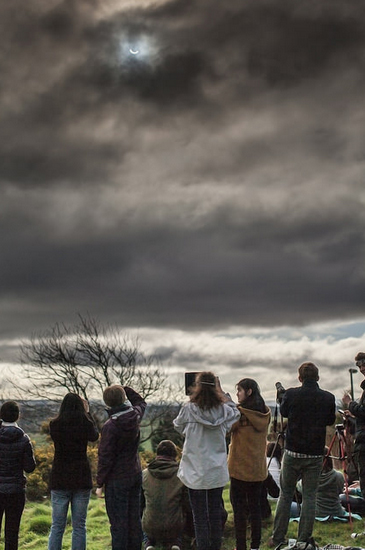
The solar eclipse, March 20, 2015.
Photo: chrisdonia, via Flickr.
Europeans could see a solar eclipse, which lasted several hours this morning, to varying degrees: Iceland could view an about 97 percent eclipse, while Parisians only saw a 78 percent eclipse. Clouds obscured the view of the rare event in many areas.
Devout sky-watchers who traveled to the remote Faroe Islands in the North Atlantic and Svalbard in the Arctic could glimpse the once-in-a-decade total eclipse.

The solar eclipse, March 20, 2015, as seen in Backwell, Somerset, UK.
Photo: REX.
The dangers of watching the eclipse with the naked eye are well-known, though experts now warn about a new one—taking selfies with the rare natural phenomenon.
“Taking a selfie could potentially put you at risk, as you may end up accidentally looking directly at the sun while aligning yourself and your phone,” warned Daniel Hardiman-McCartney, of Britain’s College of Optometrists.
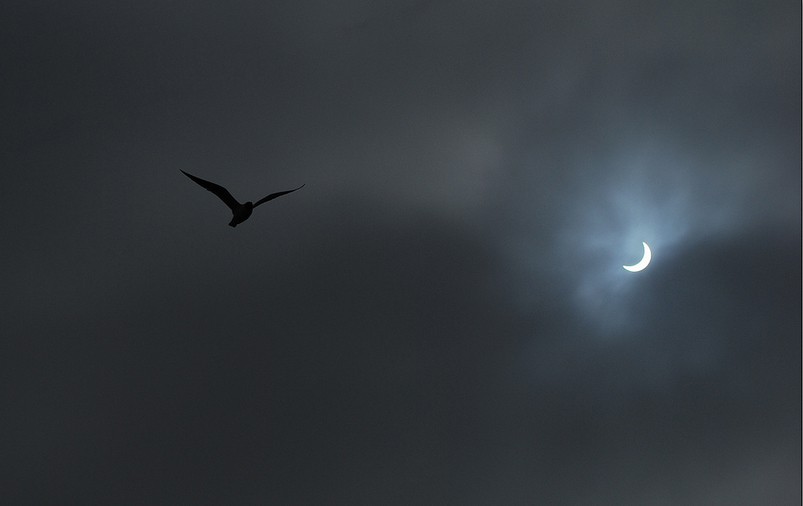
The solar eclipse, March 20, 2015.
Photo: Robert Tarling, via Flickr.
However, there are other unexpected risks that go along with eclipse-chasing. Some 2,000 visitors are expected in Svalbard, where already one tourist was injured Thursday in a polar bear attack.
For some, the celestial spectacle is worth the trouble: “I’ve seen aurora, I’ve seen some volcano eruptions, but the total eclipse is still the most spectacular thing I’ve ever seen. And each one is unique,” Fred Espenak, a retired NASA astrophysicist in Torshavn, Faroe Islands, told Reuters.
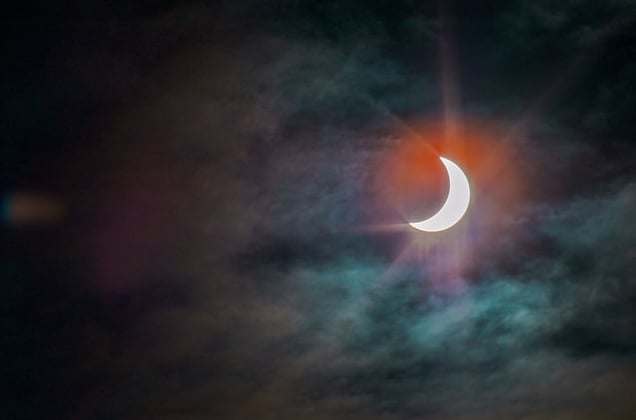
The solar eclipse, March 20, 2015.
Photo: Alicia G., via Flickr.
Today’s event is extremely unique, as Earth’s moon will also appear as a “supermoon” as it passes at its closest point to the planet, adding its gravitational pull on the ocean to create stronger tides.
“The eclipse and the tide are linked,” said Kevin Horsburgh, head of the Marine Physics and Ocean Climate research group at National Oceanography Centre in the UK. “And for particularly big tides, the moon needs to be directly overhead at the equator at the time.”
The next solar eclipse seen in Europe will occur on August 12, 2026.
For more space photography stories on artnet News see:
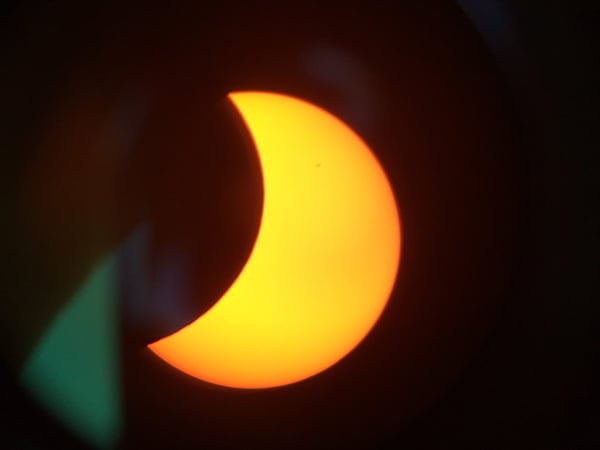
View of the eclipse at 09:30 GMT
Photo: DLR (CC-BY 3.0)
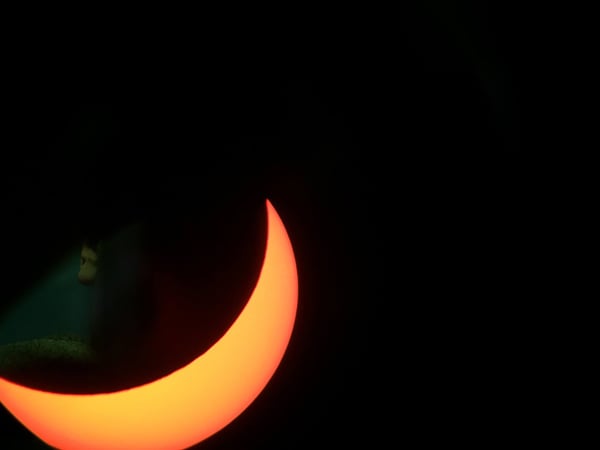
View of the solar eclipse at 10:42 GMT
Photo: DLR (CC-BY 3.0)
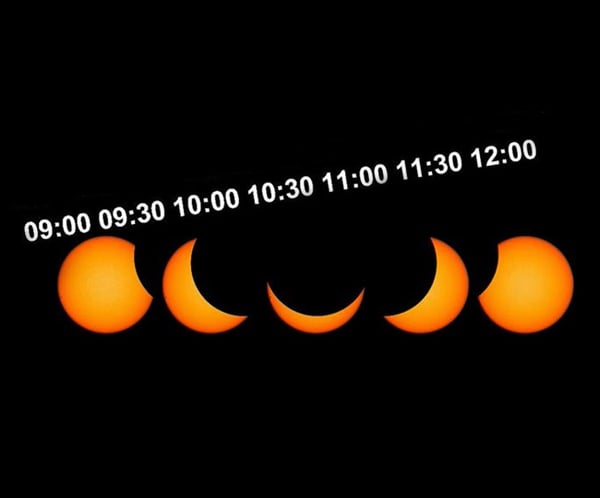
Progress of the Total Eclipse seen from Europe on March 20
Photo: NASA
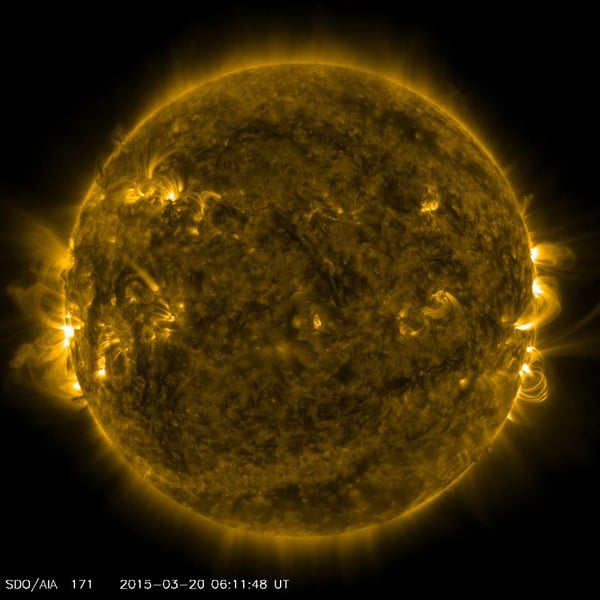
Live image of the sun taken this morning by Satellite SDO
Photo: NASA
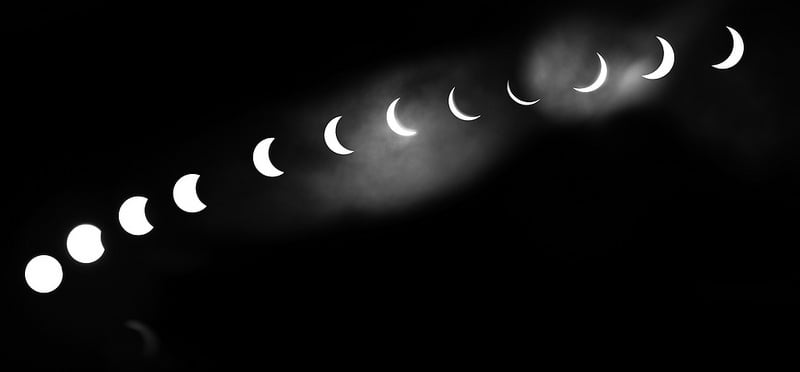
The solar eclipse, March 20, 2015.
Photo: chrisdonia, via Flickr.